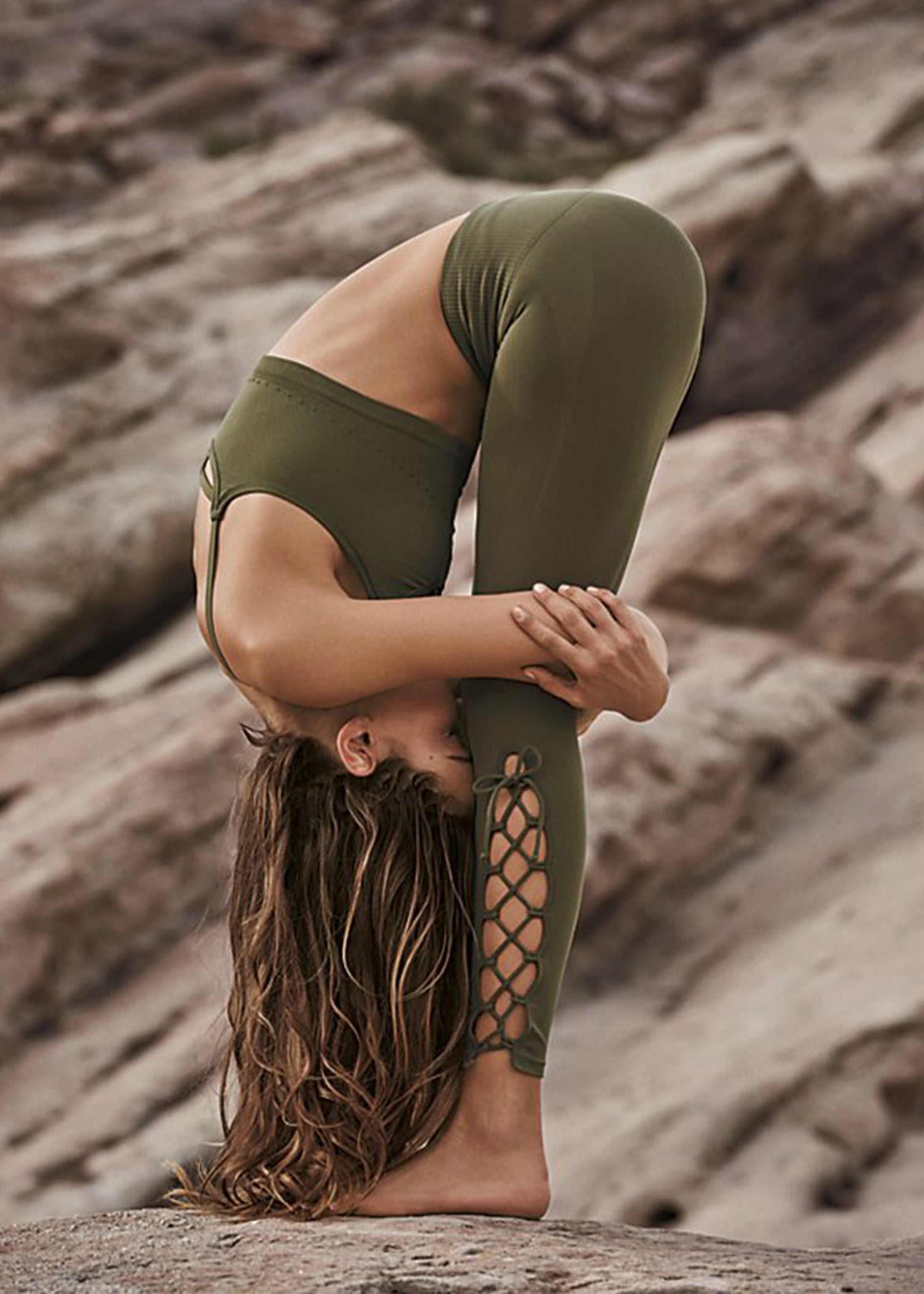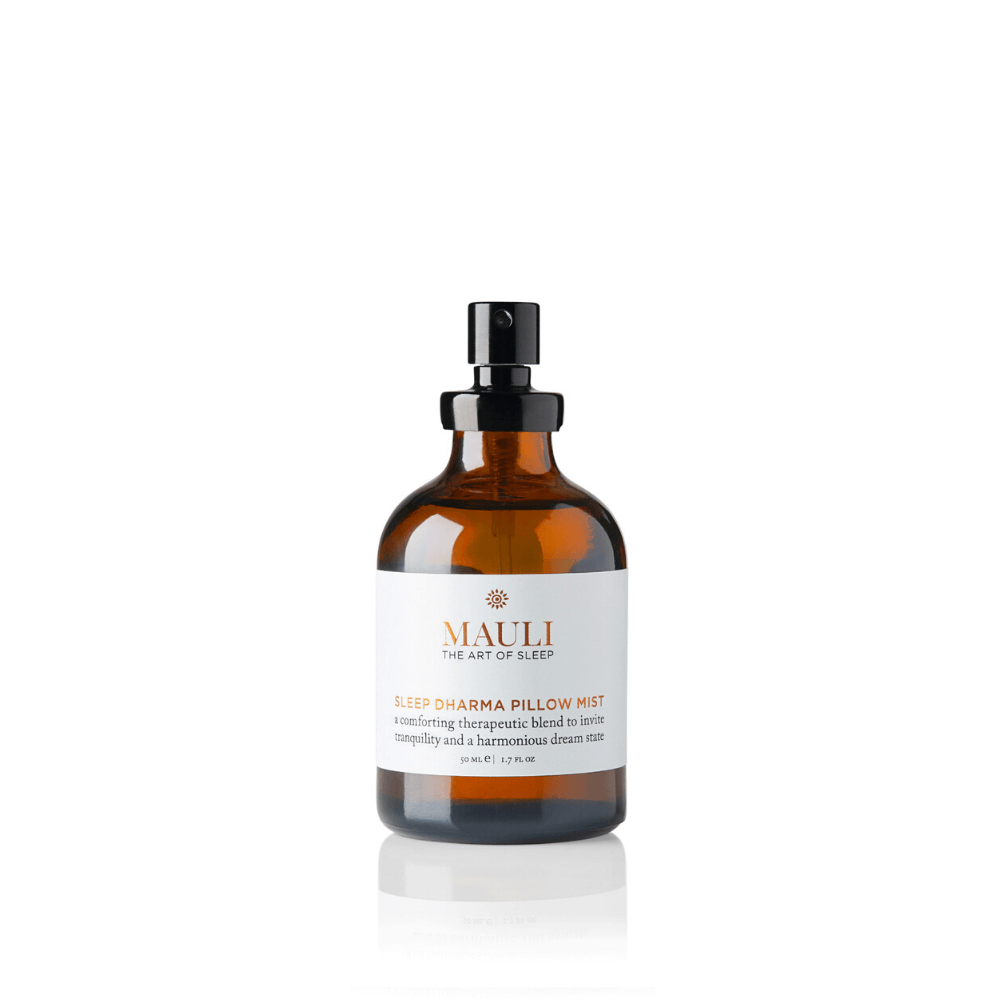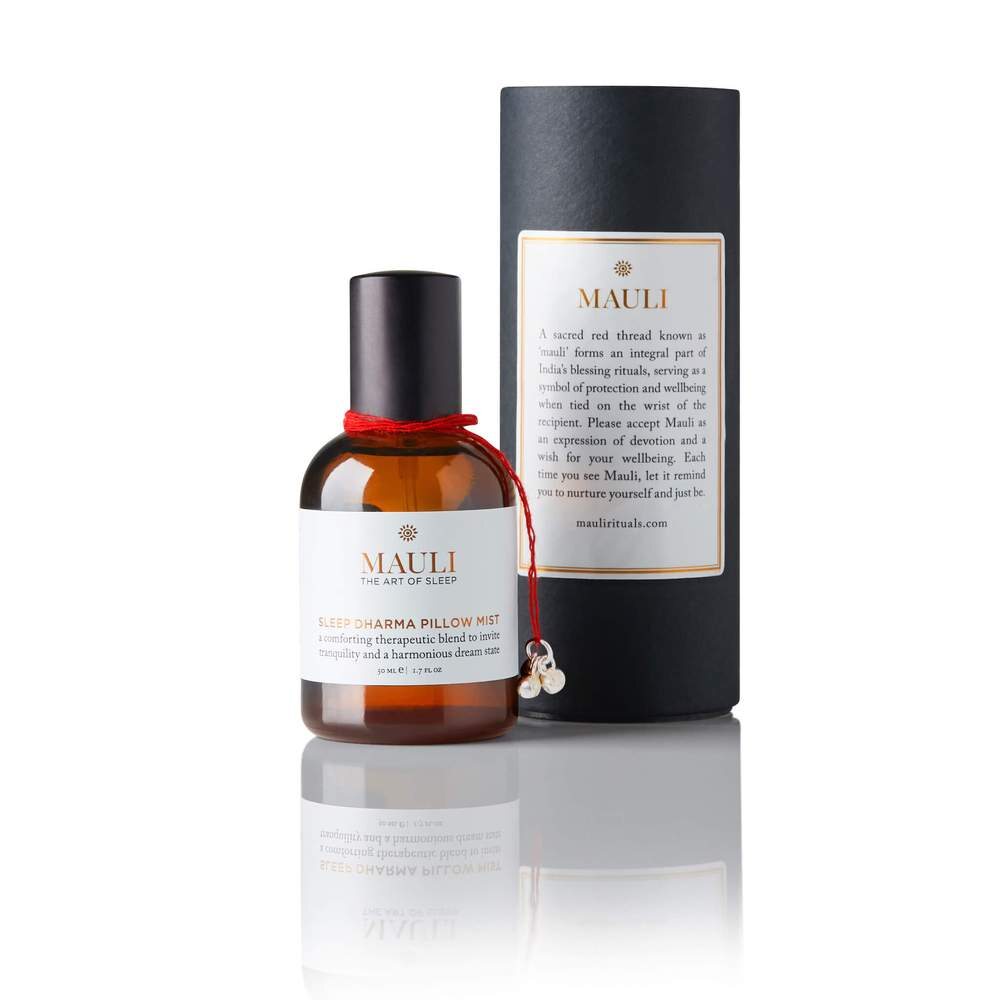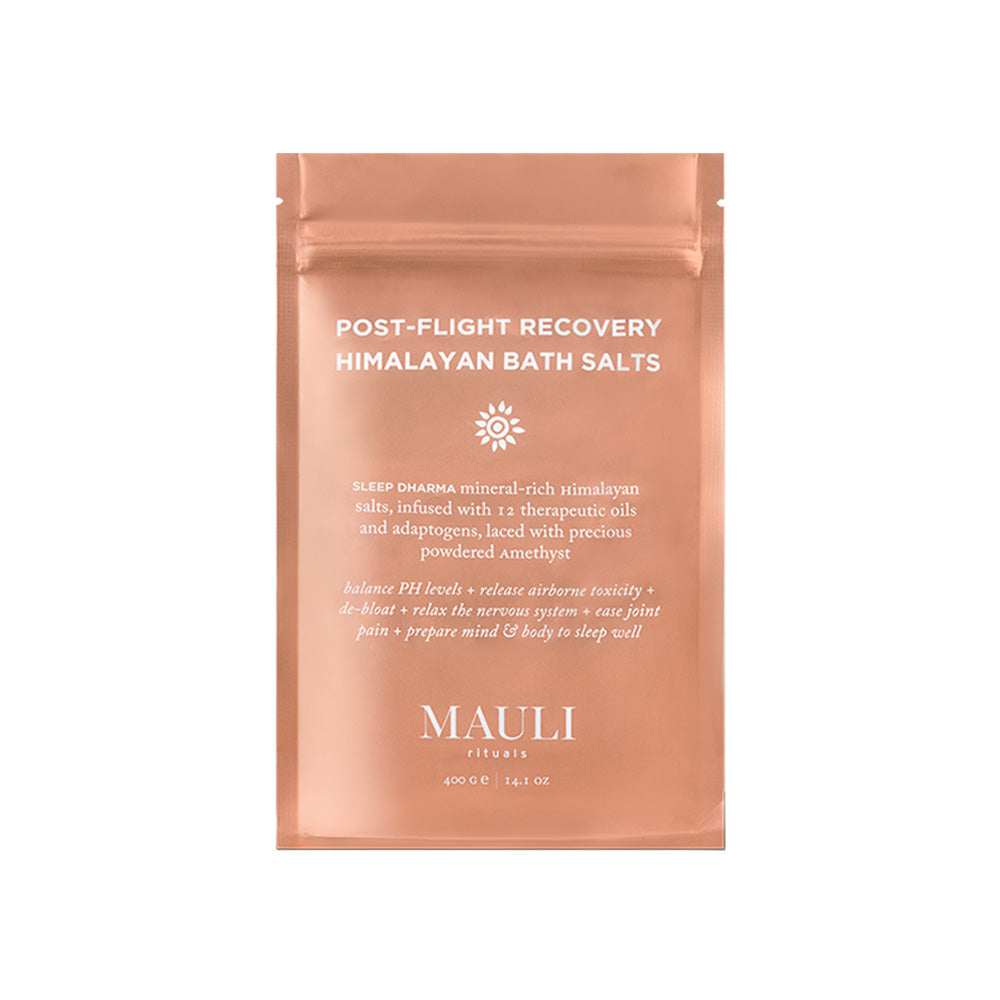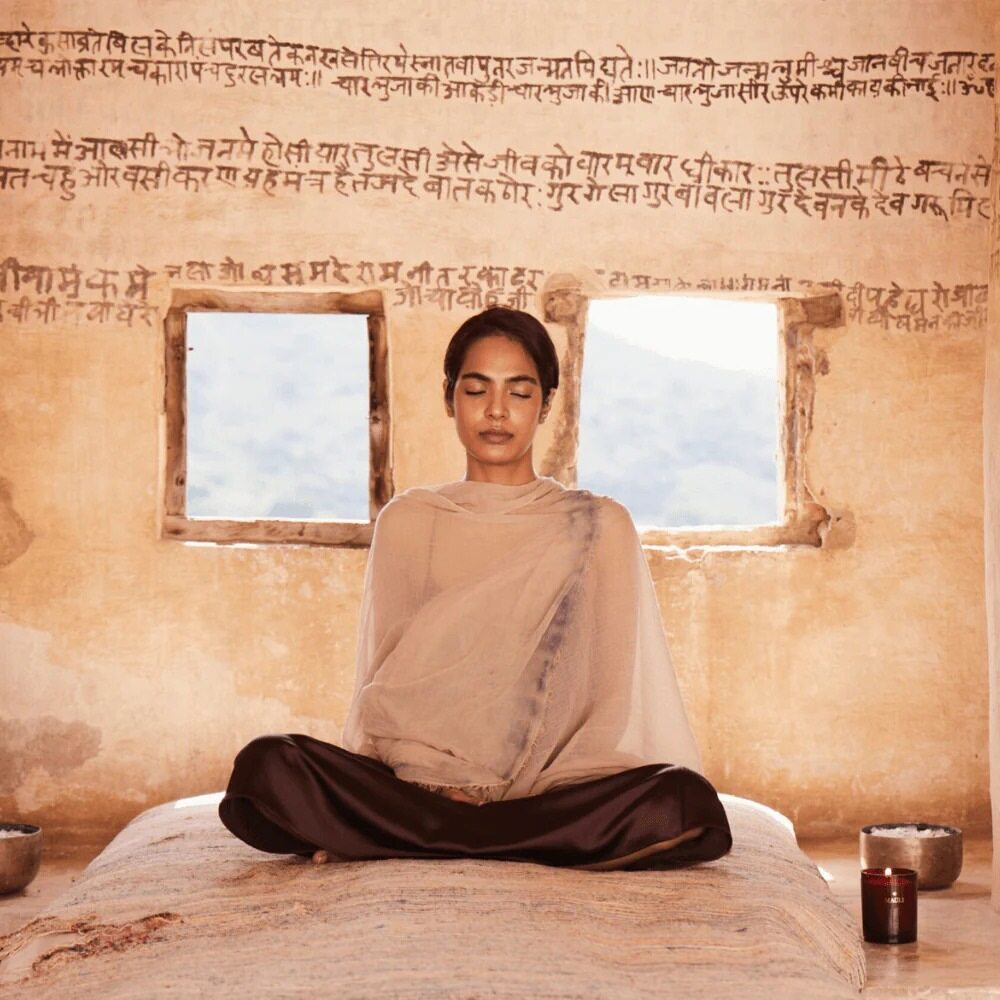I When you’re feeling stressed, anxious, or low, rolling out your yoga mat might be the last thing you feel like doing, but here’s why it’s worth overcoming that initial resistance to help lighten your mood and find a sense of calm in a busy mind and overwhelming world.
HOW DOES YOGA IMPROVE OUR MENTAL HEALTH?
While many believe stress, anxiety, and burnout are only emotional or mental difficulties, we often don’t realize the pressures that long-term stress can have on our physiology. While we’ve all experienced increased heart rate and faster breathing, constantly operating at this heightened state often can cause long-term health conditions including depression.
“Yoga is an ultimate mind-body practice that works holistically. A balanced yoga session integrates many practices including movement and postures (asana), breathwork (pranayama), and meditation,” says yoga teacher, trainer, and founder of Golden Mandala Yoga-Soma Institute, Aneta Idczak
Yoga teacher Amy Miller agrees. “During yoga practice, we can also improve the way our body communicates with our brain and our brain’s response to those cues (interoception), through slow and mindful movement. Research has shown that the better our interoception, the better we can self-regulate, bringing the body into balance. Poor interoception has been correlated with stress, anxiety, negative emotions, high blood pressure, and poor emotional regulation – all things which can lead us to feel completely burnt out.”
If yoga really can work in improving your mind-body health, which type of yoga is best for stress, anxiety, or burnout? When you’re struggling to relax, it’s best to turn to slower-paced styles like yin yoga, hatha yoga, or restorative yoga. We asked the experts, and these are the best yoga poses and flows you can turn to in difficult times to help you feel better.
YOGA POSES TO FEEL CALMER
Yoga specialist and founder of Yourself Yoga, Julie Ann Garrido, advises restorative yoga to alleviate stress and anxiety. “Less is more. Restorative yoga gives you a break from the endless cycle of fatigue that comes with anxiety which means you gain more energy to cope with your day.”
“By practicing restorative yoga where you simply melt into a series of static poses, you can calm your nervous system and get out of the 'fight or flight' mode that is placing more demands on your body. Featuring magical grounding, calming, and nurturing poses, all restorative yoga requires you to do is to relax and watch the tension simply melt away.”
1. MOUNTAIN BROOK POSE – SALAMBA MATSYASANA BLANKETS
“This pose allows your body to drape over three supports like water flowing in a mountain brook. As well as opening the chest, Mountain Brook adds support under the knees and one behind the neck to rest both the head and spine. This pose works to open three key areas that tend to be affected when anxiety strikes – the throat (we bottle up our feelings), the heart (we hold onto hurt), and the belly (we become churned up with anxiety and stress). This pose will help ease your worries, elevate your mood, and also counters poor posture.
Fold a blanket into a long thin shape so that it can support your shoulder blades, and another into the same shape so that it can support under your neck.
Place a firm pillow under your knees and lie back so that the long thin blanket is supporting your shoulder blades.
Your arms should slot neatly into the place between the two blankets. Try to rotate the shoulders so that your palms are face up.
Make any further adjustments needed so that you are nice and comfortable.
Once you are completely comfortable, simply relax and breathe.
Stay here for five minutes,” explains Garrido.
2. SUPINE TWIST – SUPTA MATSYENDRASANA
“Think of this pose as 'wringing the sponge dry'. Think of twisting and squeezing out the anxiety and overwhelm at the end of the day. Through twisting, we can lengthen the spine and get space between the bones. That way, our energy can flow better. This delightful pose also opens tight shoulders, elongates the supporting spinal muscles, and quietens the mind. However, it's also brilliant for improving digestion by massaging the digestive organs, increasing blood flow and oxygen delivery, aiding the process of peristalsis, and boosting your elimination system.
Lie down on your back and bend your knees, putting the soles of your feet flat on the floor.
Press into your feet to lift your hips slightly off the floor and shift them slightly to the right.
Then move both knees together across your body to the left. Both hips should be stacked over each other. To keep the legs together, you can place your left hand on top of your thigh.
Open your right arm to the right, keeping it in line with your shoulders. Turn your palm toward the ceiling and turn your head to the right.
Stay here for three minutes and then repeat on the other side,” advises Garrido.
3. CHILD’S POSE – BALASANA
“This is another grounding pose, although it can be very challenging or even triggering for some of us so practice it if it feels right for you. Using a bolster under your chest to lie on can provide more support and a feeling of being held. This pose can help nourish and soothe the nervous system,” says Idczak.
Kneel on the floor with the feet together and knees hip-width apart. If you’re using a bolster for support, place it on top of your knees here.
On an exhale, lower your torso between your knees. Your arms could stay alongside your thighs, with palms facing upwards, or extended out in front of you, over your head facing downwards (for extended child’s pose).
Rest your forehead and third eye chakra with a block or pillow if it doesn’t reach the ground. This energy point between your eyes stimulates the vagus nerve and the ‘rest and digest’ response which helps you to feel soothed.
Miller explains the vagus nerve's significance. “This nerve has an integral role to play in our emotional and physical health, wandering through the body connecting the stomach, heart, lungs and up into the face. It regulates our body’s responses and brings balance to the central nervous system, enabling us to shift more effectively from the two opposing sides - our ‘fight or flight’ and our ‘rest and digest’.
4. LEGS UP THE WALL POSE – VIPARITA KARANI
“It can lower the heart rate and slow down your breathing therefore physiologically it helps reduce stress and overactivation within the body. This is a great pose to unwind in preparation for restful sleep,” says Idczak. Miller explains how to get into this beginner-friendly pose.
– “Come to sit sideways at a wall with your outer hip touching the wall.
– Swing your legs around so they extend up the wall, directly above your hips. You may need to do a bit of shuffling!
– You may want to increase the elevation of your feet by placing a block, brick, or bolster under your bottom.
– Stay here for three minutes if you can,” suggests Miller.
A yoga pose where we don’t have to leave our bed? Sounds good to us!
FIND YOUR ZEN
During times of overwhelm or distress, it’s easy to let go of self-care practices, but bolstering the connection between your mind and body through yoga can not only support you in difficult moments but help you deal with stress, anxiety, and burnout in the long term too thanks to powerful brain-altering reactions! Next time you’re feeling anxious, roll out your mat, and discover your zen!
